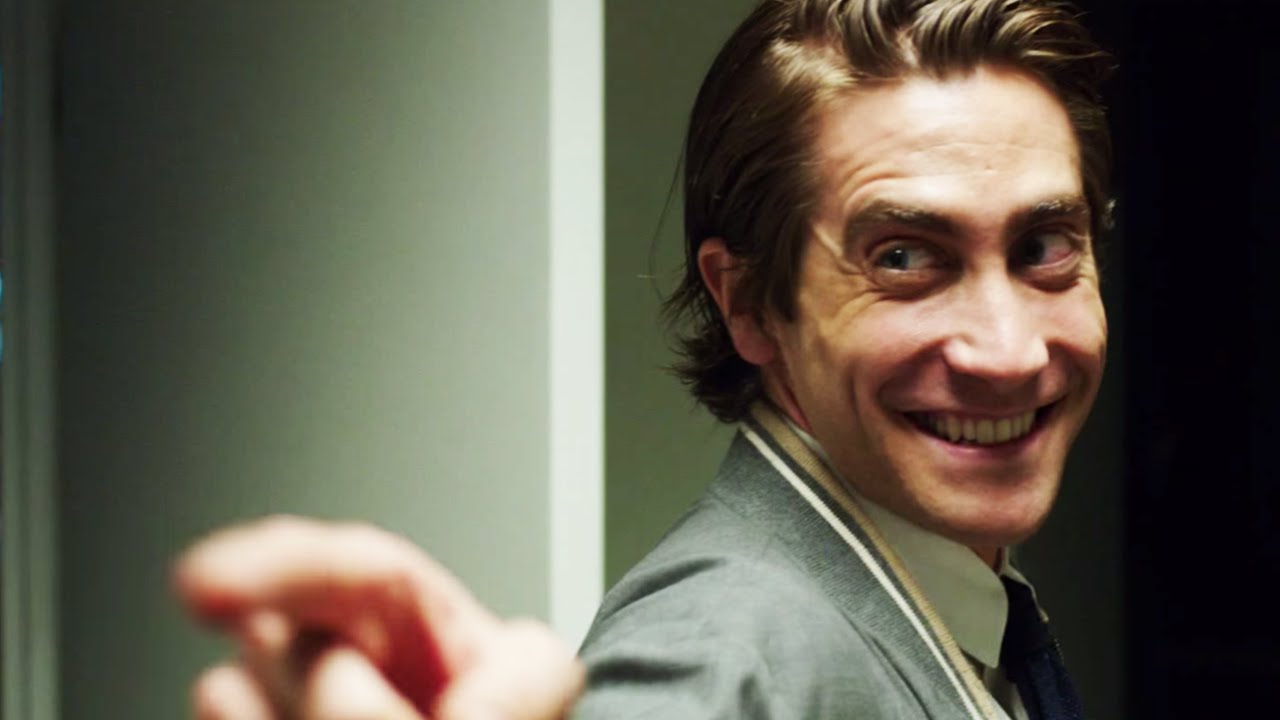
The Hollywood Renaissance is the name often used to describe the brief interlude between periods of blockbuster style dominance of the studio system. Roughly, the era’s influence extends from 1967 to 1981 or so, and it is notable primarily for being a period of mainstream cinema in which the major studios made what would probably be referred to (derisively, no doubt) as ‘art films’.
The conditions that led Hollywood both in and out of this aberrant decade-plus are well documented. In a decade where television became a serious competitor, film studios became increasingly desperate to bring people back to the theaters, and one way that they thought to do so was to spend lavishly on big budget, epic films that provided an experience unrivaled by television. The most well-known example is 20th Century Fox’s Cleopatra (1963).
According to John Patterson of The Guardian, “The budget was around $44m ($320m in today’s money), the kind of outlay that might have helped Nasa put a man on the moon by 1966.” The tremendous expense of this film and many others by the other major studios created a dire financial situation for an industry that was realizing that it had to adapt.
How they decided to change is what ultimately gave audiences the Hollywood Renaissance, as young filmmakers, many of whom had grown up with cinema from a young age (the first generation to do so), were given the opportunity to make films, so long as they were relatively cost effective. Influenced by classic Hollywood filmmakers and international cinema, the Film School Generation combined their sensibilities into films that routinely deviated from classic Hollywood style, yet never abandoned it completely. Their films also embraced European opacity, but rarely went to the experimental extreme.
Though their movement ended, some of its filmmakers are still with us today. But, the era itself has never really been replicated in Hollywood since, though many later generations of filmmakers have felt inspired by it and tried to infuse their films with the spirit of those films of the long 1970s.
1. Zodiac (2007, Dir. David Fincher)
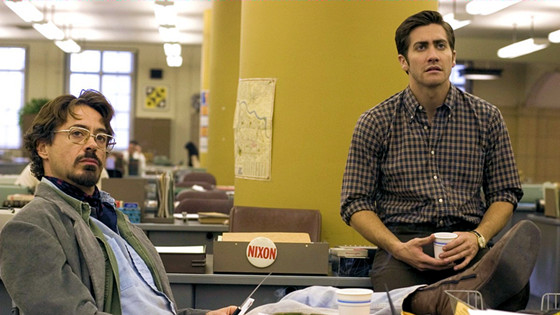
Fincher’s film uses the setting of the 1970s, when the actual Zodiac murders took place in the San Francisco area, but it’s the thematic and visual aesthetic of the film that screams Hollywood Renaissance more than fashion and music choices.
Firstly, the fact that the Zodiac Killer was never caught or officially identified allows Fincher to embrace the ambiguity that so many 1970s classics ended on. The score is also composed by David Shire, who wrote the scores for San Francisco-set The Conversation (1974, Dir. Francis Ford Coppola) and the Watergate thriller All The President’s Men (1976, Dir. Alan J. Pakula).
Beyond this, however, the film is only passingly about the hunt for the serial killer. At its heart, this is a film about the characters at the center of the pursuit – Jake Gyllenhaal’s Robert Graysmith, Robert Downey Jr.’s Paul Avery, Mark Ruffalo’s Dave Toschi, and Anthony Edwards’s Bill Armstrong.
The obsession of these anti-heroes with catching the killer and the details of the case is what drives the film, not the pursuit itself. Each of them pays a personal cost for their commitment to solving the case, with Graysmith’s dismissal of his wife and children receiving the most narrative attention.
The sprawling narrative, coupled with Fincher’s signature visual flourishes, ensure that this film is steeped in the tradition of the most intense of the films of the 1970s. This is a character piece, masquerading as a serial killer film, like so many of those films.
All The President’s Men, a key model for Fincher in making this film, is a perfect example – the story is about Watergate, yes, but it’s also about the impact that the pursuit of the truth has on Woodward (Robert Redford), Bernstein (Dustin Hoffman), and Bradlee (Jason Robards). Zodiac follows the same playbook, but these hunters never get their man.
2. Killing Them Softly (2012, Dir. Andrew Dominik)
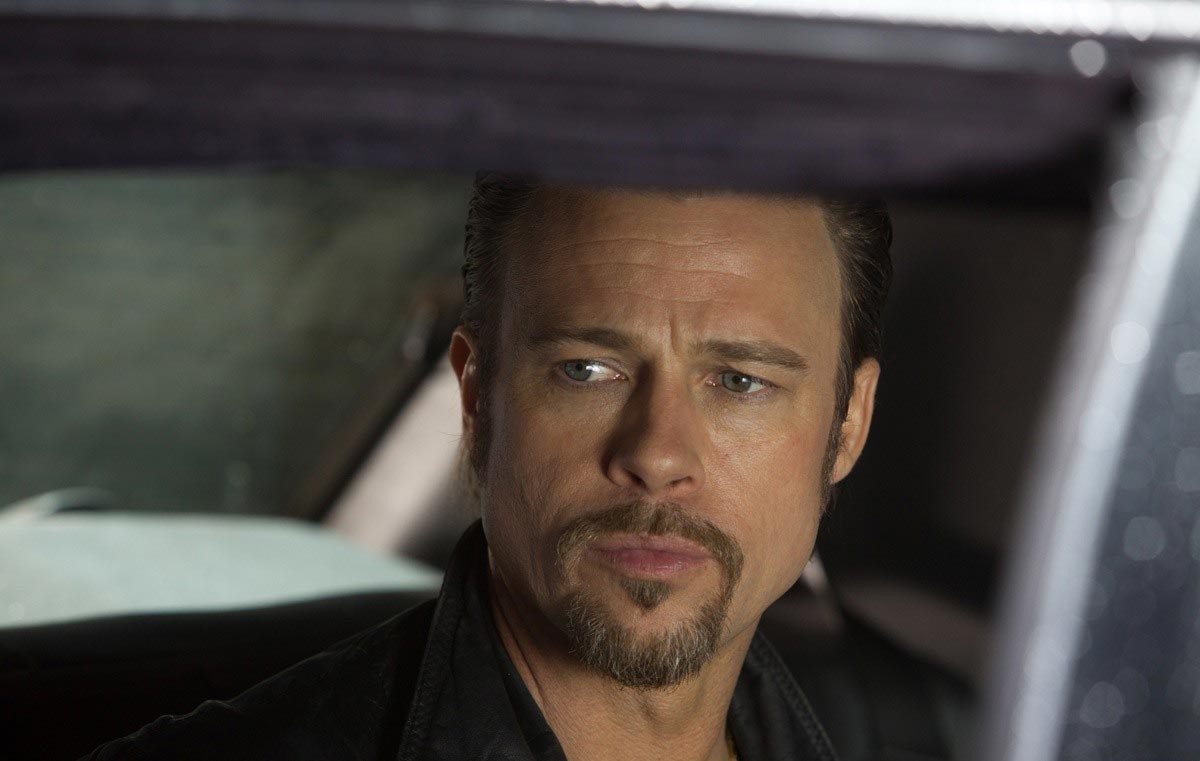
Based on the novel Cogan’s Trade by George V. Higgins, whose other classic The Friends of Eddie Coyle (1973, Dir. Peter Yates) remained a somewhat forgotten footnote until it was rescued by the Criterion Collection, this crime story is set against the backdrop of the 2008 financial crisis and presidential election, using the structure of a criminal enterprise to explore themes of capitalism in a similar way to Coppola’s The Godfather.
The ensemble cast (producer Brad Pitt is top-billed, and essentially the lead, despite making his first appearance nearly thirty minutes into the film) delivers Higgins’s colorful dialogue, which Dominik has sprinkled with economic observations that create a link to the financial instability created by the big banks on Wall Street. He fills the background sound design with news footage and radio reports from President Bush, Treasury Secretary Hank Paulson, and Senators Obama and McCain, updating the world on the deepening crisis.
The story is ostensibly about three low-level crooks who decide to knock off a card game, but the basic plot is almost irrelevant. The emphasis here, as in The Friends of Eddie Coyle, is on the colorful characters, including the late James Gandolfini’s performance as Mickey, a hitman from out of town.
Though he appears in only two scenes, and contributes to the plot only in his inability to contribute to it (by being too much of a mess personally to carry out the hit he was contracted to do), his narrative of existential despair is probably the most ‘70s’ thing in the movie.
The scenes he shares with Brad Pitt’s Jackie are at turns hilarious and sad, as Mickey the hitman tries to figure out his place in the world. That the film is content to essentially stops its main action and spend time on the marital problems and alcoholism of a hired killer shows a willingness to focus on character rather than plot, and makes the film of a piece with the 70s crime genre.
3. Frances Ha (2013, Dir. Noah Baumbach)
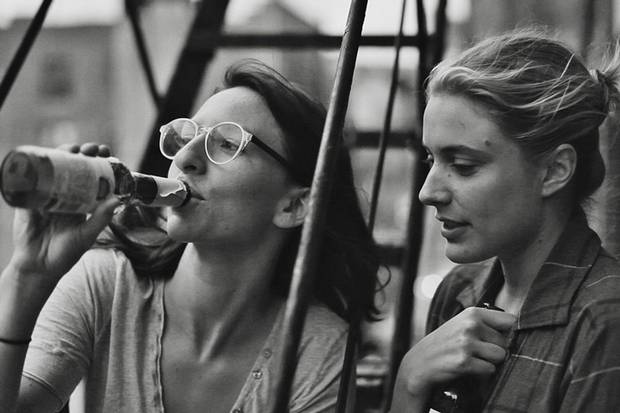
Baumbach’s collaboration with actress and co-writer Greta Gerwig, shot in black in white, is probably best thought of as a kind of Manhattan (1979, Dir. Woody Allen) for the millennial generation. Black and white photography, exceedingly rare even in the late 1970s, is a deliberate choice for Frances Ha that creates a strong link to Allen’s film’s glamorous, romantic view of New York City.
Each film echoes the French New Wave strongly, with both using extended tracking shots following their protagonists in moments of emotional intensity (Manhattan’s Isaac running through the city to his erstwhile teenage lover, set to Gershwin; Frances sprinting down the street to David Bowie’s “Modern Love”), in a deliberate reference to Francois Truffaut’s The 400 Blows.
The focus on young women is also a close recall of Woody Allen’s work, and Frances and her best friend Sophie are both part of a broader tapestry of characters that are descendants of the intellectual and artist class – one can imagine Adam Driver’s Lev and Michael Zegen’s Benjy at dinner with Yale (Michael Murphy) and Jill (Anne Byrne) in Manhattan, and them having plenty to talk about.
The cinematography of each film is beautiful black and white, and Frances Ha recalls the Gordon Willis shot construction of Manhattan, with wide shot tableaus, and characters flitting in and out of a stationary master, all while the conversation continues. Baumbach’s musical selections are distinctive and plucky like so many of Allen’s movies (especially his turn to dramedy, like Annie Hall, and the pair of black and white classics, Manhattan and Stardust Memories).
4. Killer Joe (2011, Dir. William Friedkin)
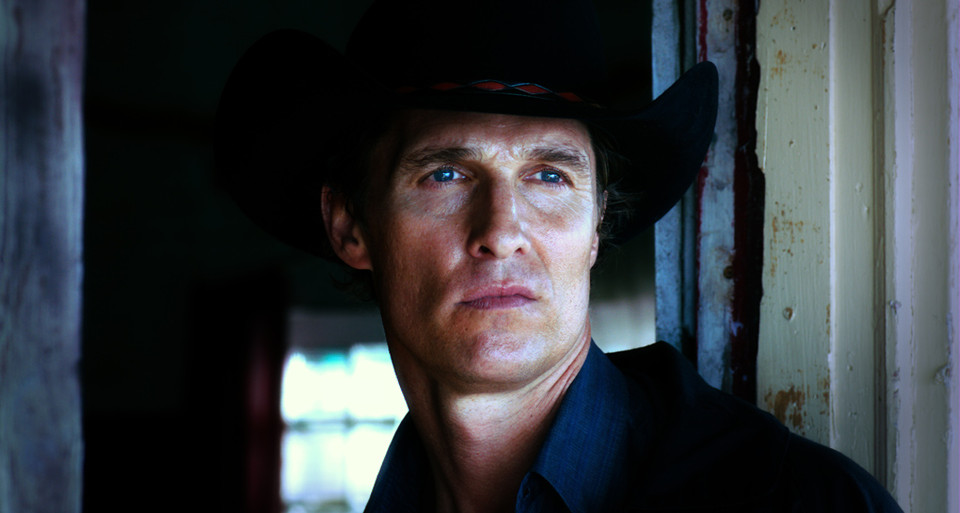
Director William Friedkin, a relic of the era, brings the same hard-nosed sensibility and shock value that he used in The Exorcist to this southern-fried chicken murder neo noir. Friedkin’s goal as a filmmaker, both in the 1970s and now, is to be provocative. The content, from a screenplay by writer-actor Tracy Letts, based on his own play, is certainly that, and Friedkin’s directorial choices embrace the controversial narrative rather than shrink from it.
Matthew McConaughey’s performance as Killer Joe Cooper, a detective who moonlights as an assassin, is equal parts charming and terrifying, and the film’s supporting cast walks in fear of what he might do next. What unifies Friedkin’s biggest films of the 1970s (The French Connection, The Exorcist, and Sorcerer) is the desperation in the characters.
The determined cops, frightened family members, and rugged mercenaries in each of those films, respectively, are bound up in their desperation to get what they want at all costs, and they are pushed to their limits.
The same is true in Killer Joe, as Chris’s (Emile Hirsch) hare-brained scheme to have his mother killed for her life insurance policy feels doomed from the start, and the film’s moments of brutal physical and emotional violence (primarily in the climax) are as horrifying as anything in The Exorcist. The ambiguity of the ending, a holdover from Letts’ play, plus the absence of any likable character, puts this film right at home with other classics of the 1970s.
5. Bringing Out the Dead (1999, Dir. Martin Scorsese)
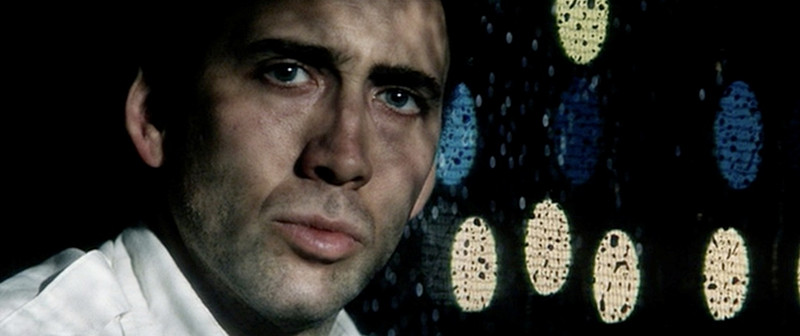
On its surface, Bringing Out the Dead is easy to compare to Taxi Driver: Martin Scorsese’s directing, Paul Schrader’s writing, an isolated main character, exploring the darkness of Manhattan in all of its moral decay. All these elements are certainly present, and it’s not hard to imagine a younger Scorsese making the same movie with Robert DeNiro in the role of Frank Pierce instead of Nicolas Cage. The focus of the film also relies strongly on the use of a vehicular metaphor for loneliness, as Travis Bickle’s cab is replaced by Frank’s ambulance.
Technically, Bringing Out the Dead is a deliberate echo of Taxi Driver – its shots out the window of the ambulance at the denizens of New York City might just as easily be from Travis’s point of view as Frank’s. Scorsese even mounts the camera on the sides and top of the ambulance in nearly identical shots to those of the cab almost twenty-five years before.
However, Scorsese’s style of editing is more experimental in Bringing Out the Dead, as he allows the pace to become more frenetic as Frank’s grip on his sanity loosens, something that never occurs in Taxi Driver, which proceeds at a much more leisurely pace in its shot selection and editing.
The differences don’t end there, despite the obvious echoes. While both characters are isolated, lonely, and seeking connection with those around them, Travis’s story is a descent into the darkest parts of both the city and himself, and Frank’s is about a man finding is way out. Scorsese is going back to the same territory with fresh eyes.
For Taxi Driver’s Travis, redemption isn’t really possible – he gives violent expression to his loneliness, reaches a kind of catharsis, though it appears to be temporary. In Bringing Out the Dead’s Frank, redemption is possible, and he achieves peace, lying on the bed with Mary (Patricia Arquette) as the film fades to white in a supremely Catholic image.